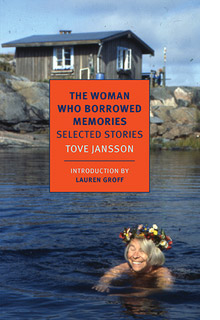Asymptote’s glorious Summer issue is chockablock with gems. Some of our section editors share their highlights:
“To assert that Tove Jansson’s invention of the Moomin world may be partially rooted in ancient lore is, for this writer, to fear performing an act of sacrilege,” confesses Stephanie Sauer in her essay on renowned Finnish author-artist, Tove Jansson. This confession is the crux of Sauer’s questionings. Journey with Sauer from the moment the Moomins were conceived, to its unlikely, subversive evolution. Hold tighter still as she dives into Jansson’s personal life, her questions of war, artistry, womanhood, and sexuality, and the fearless, unconventional course she cut through history.
—Ah-reum Han, Writers on Writers Editor
This issue features excerpts from two plays that deal with aspects of “disappearance” and surveillance. In Blanca Doménech’s The Sickness of Stone, translated from the Spanish by William Gregory, we take a look at a cold, dark world where random pieces of text read from discarded books become a kind of key to unlocking society’s ills or sickness. Gregory’s eloquent, tart translation finds the humor, bite and despair in this fascinating play.
In Hanit Guli’s Orshina, translated from the Hebrew by Yaron Regev, a father must decide how he will disappear from his family’s life and what he will or will not tell them. An odd, compassionate family drama, Regev’s translation of Guli’s one-act is evocative and clear.
—Caridad Svich, Drama Editor



